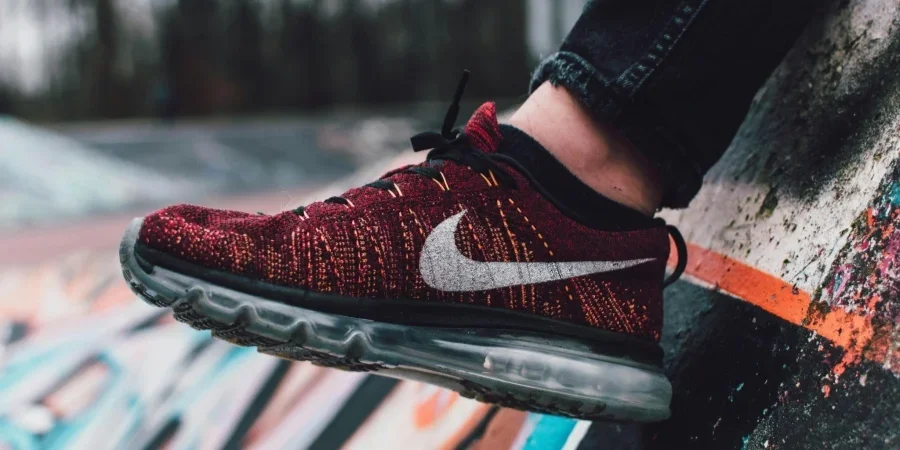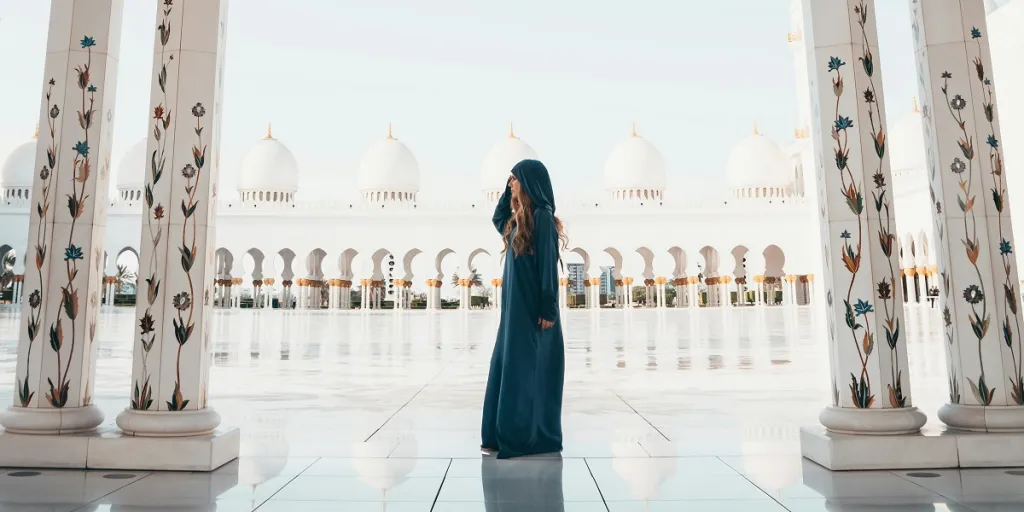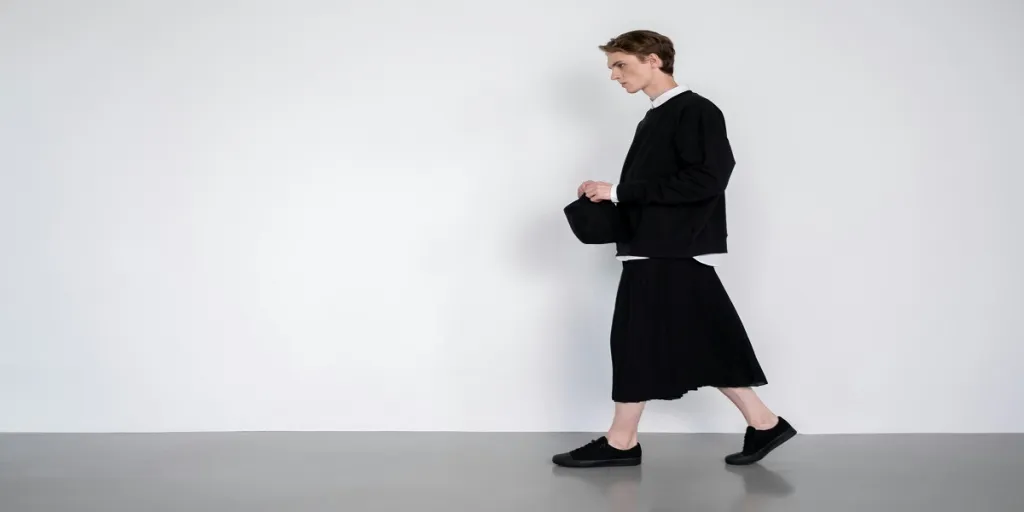As sneakers continue to dominate footwear preferences, understanding the shifts in design and functionality becomes crucial for successful business planning. The Autumn/Winter 24/25 season brings exciting developments, from the revival of beloved retro silhouettes to innovative customization options that add personal flair. Data collected from global cities reveals five key trends that will shape product assortments: nostalgic aesthetics, personalization features, strategic color choices, weather-ready adaptations, and enhanced accessibility features. Whether you’re planning next season’s buy or optimizing current inventory, these insights will help you make informed decisions about styles, colors, and features that resonate with today’s sneaker enthusiasts.
Table of Contents
● Nostalgia drives sales
● The rise of personalization
● Winning with color strategy
● Performance meets protection
● Future of footwear access
Nostalgia drives sales
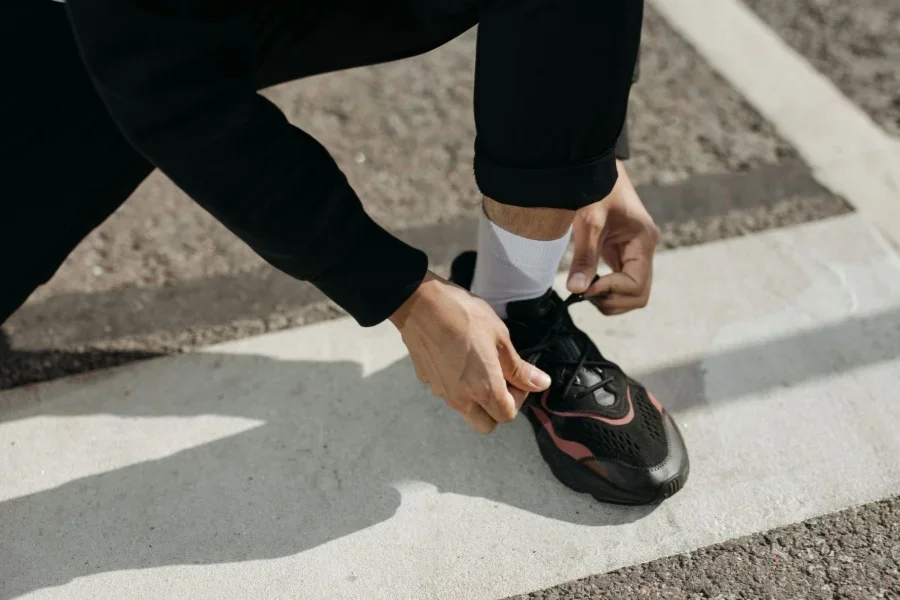
The love for classic silhouettes continues to dominate sneaker trends, with heritage designs experiencing unprecedented popularity. Search data reveals a remarkable 32% increase in interest for court-style footwear, while vintage runners have seen an 80% surge in engagement. These numbers reflect a deep appreciation for timeless aesthetics among style enthusiasts.
What makes these retro-inspired designs particularly appealing is their versatility and cultural significance. Classic court shoes have transcended their athletic origins to become style staples, while vintage runners offer the perfect blend of comfort and nostalgic appeal. The key to maintaining relevance lies in thoughtful updates – incorporating modern materials, enhanced comfort features, and fresh color combinations while preserving the iconic elements that made these styles legendary.
Looking ahead to A/W 24/25, the focus should be on balancing authenticity with innovation. Successful strategies include introducing sustainable materials to classic silhouettes, updating traditional colorways with contemporary accents, and enhancing comfort features without compromising the original design aesthetic. This approach ensures that beloved styles remain relevant while meeting current expectations for quality and functionality.
The rise of personalization
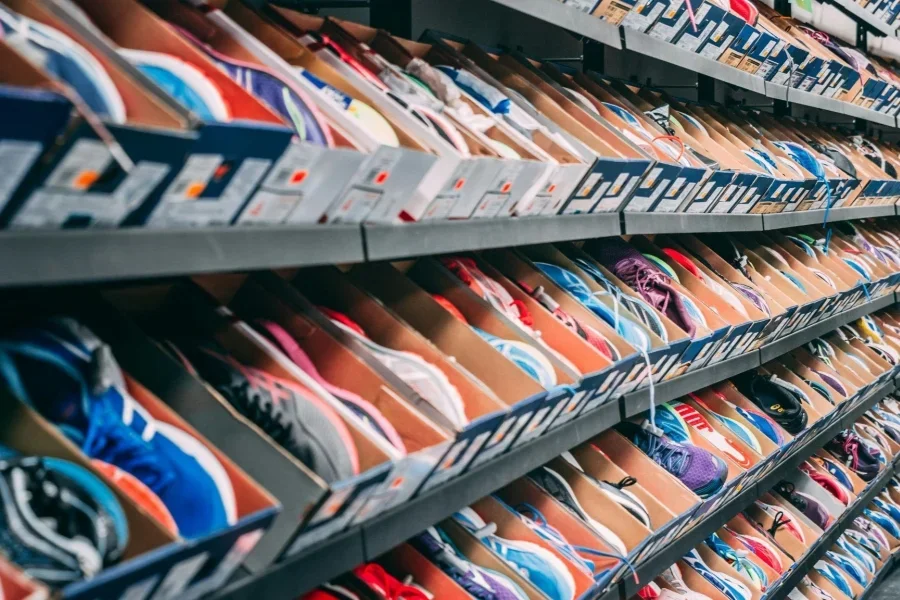
Customization has evolved from a niche offering to a driving force in sneaker design, with social media engagement for personalized footwear reaching an impressive 3.4 billion views. This surge reflects a broader shift toward individual expression, where standard designs serve as blank canvases for personal creativity. The phenomenon has been particularly notable in creative hubs like Buenos Aires, where local artisans have gained recognition for their unique customization techniques.
The appeal of personalization extends beyond mere aesthetic modifications. Today’s sneaker enthusiasts seek interactive experiences, from choosing specific materials and colors to adding removable accessories. Build-your-own options have become increasingly sophisticated, allowing for interchangeable components such as snap-on overlays, detachable logos, and convertible elements. This trend has been further amplified by social media, where custom sneaker content continues to gain significant traction.
Looking forward, the personalization movement shows no signs of slowing down. Emerging trends include modular design elements, customizable technology integration, and collaboration platforms that connect wearers with local artists. These developments suggest a future where standardized production meets individual creativity, resulting in truly unique footwear expressions.
Winning with color strategy
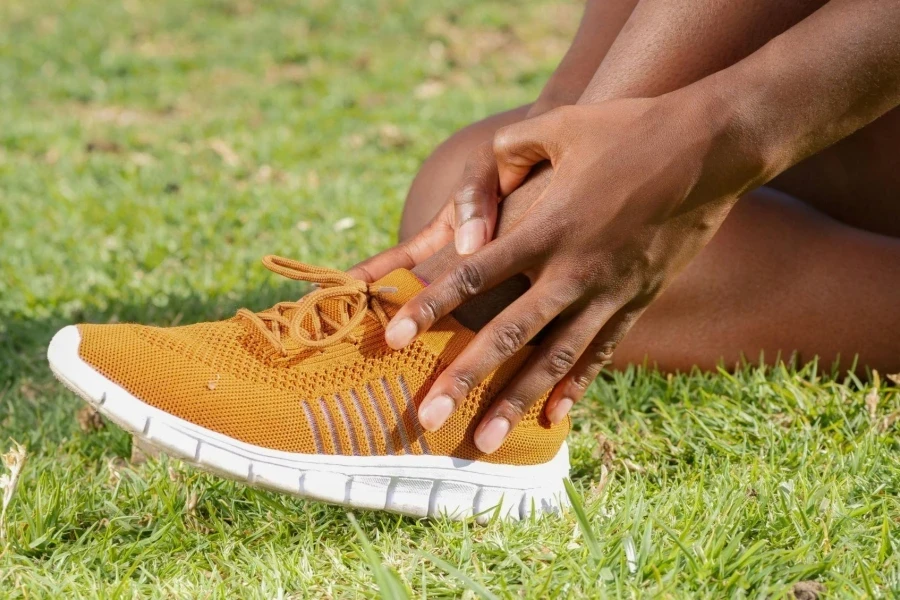
Color preferences in sneaker design have taken an intriguing turn this season, with neutral tones emerging as clear frontrunners across all categories. Performance data indicates particularly strong results for earth-toned footwear in the United States, while the United Kingdom shows a surprising affinity for purple hues in women’s styles. These regional variations highlight the importance of nuanced color strategies in different territories.
The rising popularity of metallic accents adds another layer to this color story. Silver and gold details are no longer reserved for special occasions, instead becoming sought-after elements in everyday styles. This shift reflects a broader trend toward subtle sophistication in casual footwear. The combination of neutral bases with metallic highlights creates versatile options that bridge the gap between athletic functionality and fashion-forward design.
Looking toward future seasons, the color landscape continues to evolve. Brown tones are showing particular strength, with full-price sell-through rates exceeding expectations. Meanwhile, the emergence of sophisticated color-blocking techniques using neutral palettes suggests a move away from bold, statement colors toward more refined combinations. This approach allows for greater styling versatility while maintaining visual interest through thoughtful color placement and material combinations.
Performance meets protection
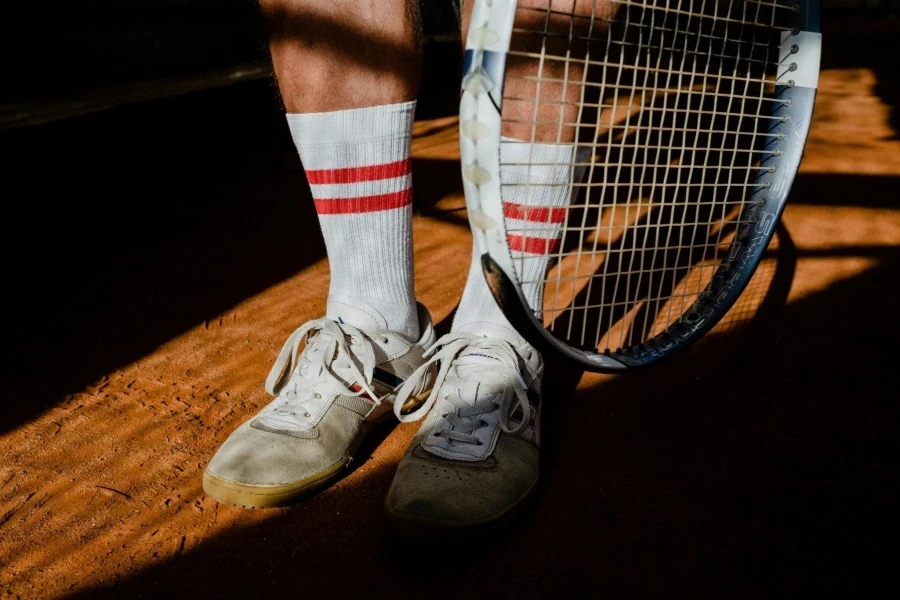
The integration of weather-resistant features into everyday sneaker designs marks a significant shift in footwear functionality. Search data reveals a 47% increase in interest for waterproof sneakers, indicating a growing demand for styles that combine athletic performance with environmental protection. This trend is particularly evident in urban centers where unpredictable weather patterns necessitate versatile footwear solutions.
Trail-inspired elements have successfully transitioned from specialized outdoor gear to everyday wear. Advanced waterproofing technologies, previously reserved for hiking boots, are now being incorporated into casual sneaker designs. These protective features include water-repellent uppers, sealed seams, and enhanced traction systems, all while maintaining the sleek aesthetics expected in contemporary footwear.
The evolution extends beyond mere weather protection, encompassing broader performance aspects. Innovative materials that offer thermal regulation, impact absorption, and antimicrobial properties are being seamlessly integrated into everyday styles. This fusion of performance technology with daily wear represents a new standard in sneaker design, where protection doesn’t compromise style or comfort. The trend suggests a future where high-performance features become standard expectations rather than premium add-ons.
Future of footwear access
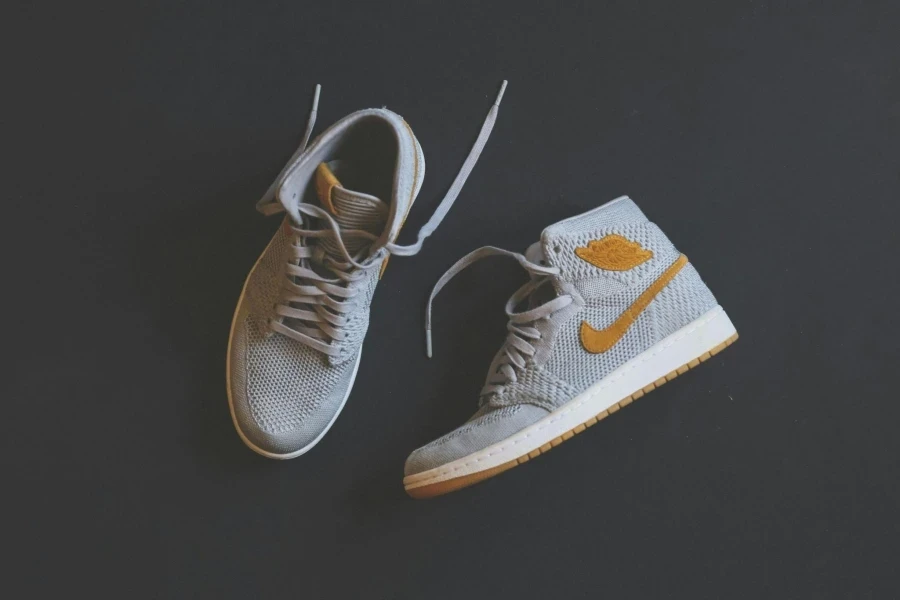
Easy-wear designs are revolutionizing how people interact with their footwear, as evidenced by a 152% increase in social media engagement for slip-on styles. This shift reflects a broader movement toward convenience and accessibility in sneaker design. Quick-entry systems, from innovative elastic closures to smart-locking mechanisms, are gaining prominence as alternatives to traditional lacing methods.
The evolution of accessibility features goes beyond mere convenience. Toggle closures and magnetic fastening systems are being reimagined with both style and functionality in mind. These innovations are particularly impactful for individuals with mobility challenges, making sneakers more inclusive without compromising aesthetic appeal. The integration of these features has led to creative design solutions that enhance the overall user experience while maintaining sleek silhouettes.
Technology continues to play a crucial role in this transformation. Smart materials that adapt to foot movement, self-adjusting fit systems, and touch-activated closures represent the next frontier in sneaker accessibility. These advancements suggest a future where putting on and removing shoes becomes effortless for everyone. The success of these innovations demonstrates that accessibility and style are not mutually exclusive but rather complementary aspects of modern sneaker design.
Conclusion
The sneaker landscape for A/W 24/25 presents an exciting blend of innovation and tradition. From nostalgic silhouettes enhanced with modern features to groundbreaking personalization options, the future of footwear promises both style and functionality. Color strategies continue to evolve, while weather-ready features and accessibility innovations reshape expectations. These developments signal a transformative period in sneaker design, where success lies in thoughtfully combining proven elements with forward-thinking innovations. By understanding and adapting to these emerging trends, brands can create compelling offerings that resonate with today’s style-conscious individuals.
